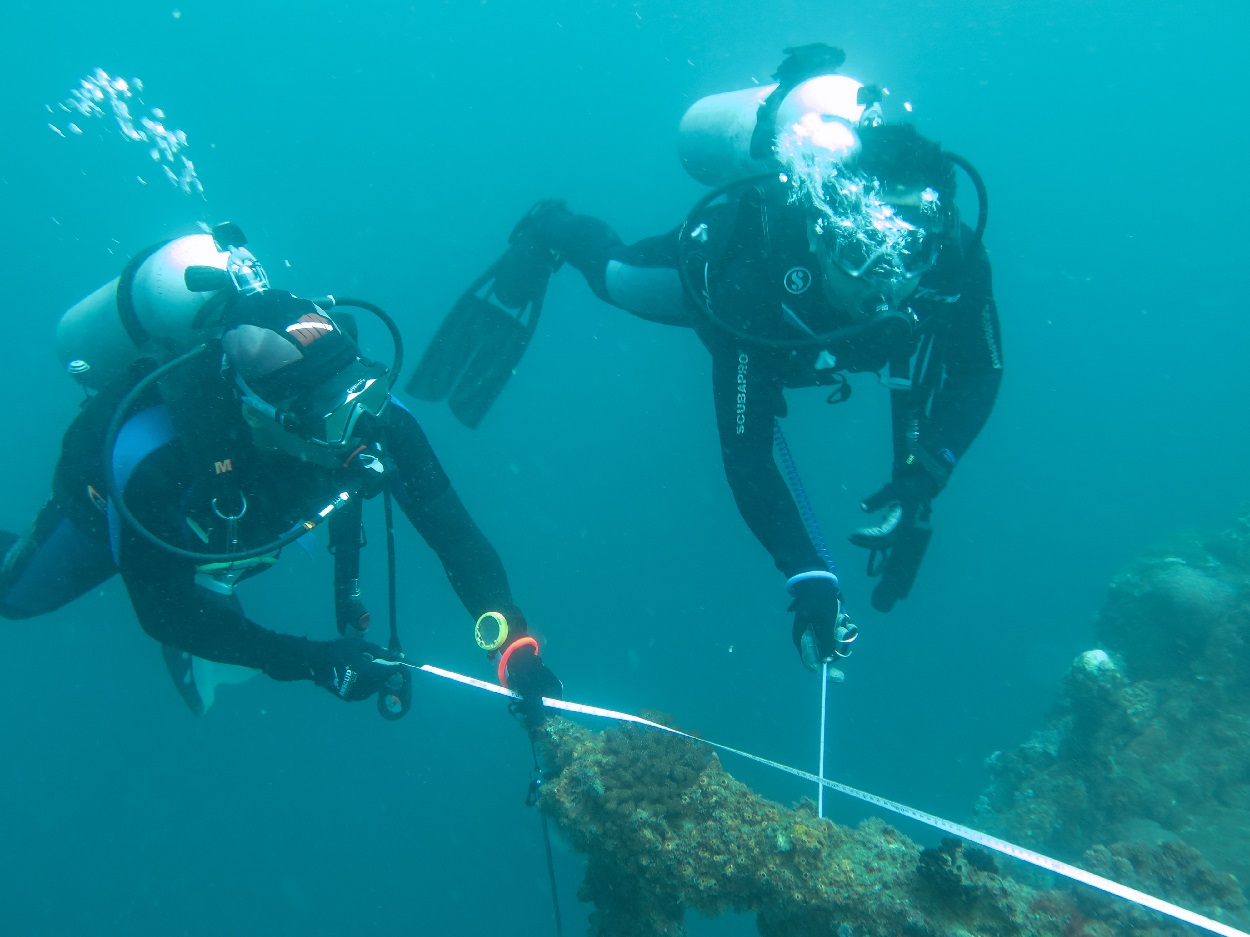A multinational team, including researchers from the University of Bradford, is conducting a study in the Gulf of Mexico to identify submerged landscapes from the last Ice Age.
The five-year project is applying offshore surveys in the Gulf of Mexico, which includes the coastlines along Texas, Louisiana, Mississippi, Alabama and Florida. This will be followed by a series of dives to verify any identified archaeological sites.
The Last Glacial Period (LGP), also known as the Last Ice Age, occurred from the end of the Last Interglacial to the end of the Younger Dryas, encompassing the period c. 115,000 – c. 11,700 years ago.
During this period, parts of the Gulf of Mexico was dry land, but melting ice caused sea levels to rise and submerge these landscapes.
To date, fewer than 50 submerged sites have been documented in the Gulf of Mexico. Many of these sites are in semi-disturbed conditions, raising numerous questions for archaeologists about the people who lived in these landscapes and their cultural identity.
The project aims to document a large number of sites to advance scientific understanding of these periods of human history and to improve cultural heritage management practices.This will provide guidance for identifying and managing these submerged landscapes in the Gulf of Mexico, guiding US Federal policy for cultural heritage management in this sector.
Dr Cook Hale said: “One of the most important aspects of this project is knowledge transfer to Tribal Nations across the region. We know from multiple global examples that Indigenous stewardship of landscapes results in better outcomes.”
“The Gulf has a long history of offshore development in oil and gas prospection that is now evolving into green initiatives such as offshore wind. It is critical that Tribal Nations be at the forefront of caring for these landscapes going forward, and we’re really pleased to be part of a project that can support that effort,” added Dr Hale.
Header Image Credit : Shutterstock
Sources : University of Bradford





